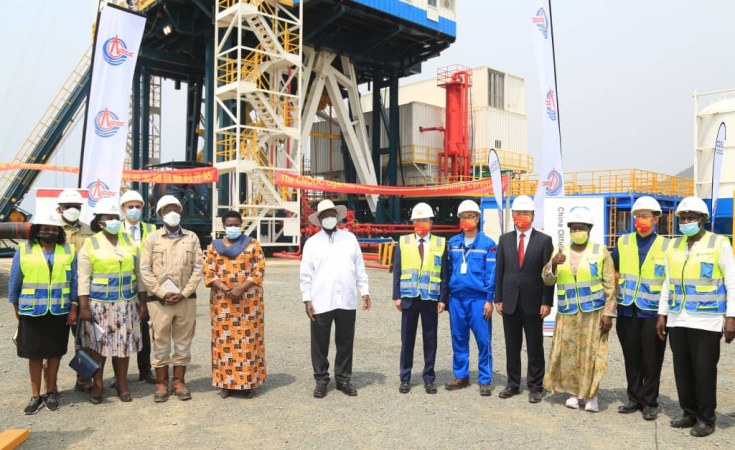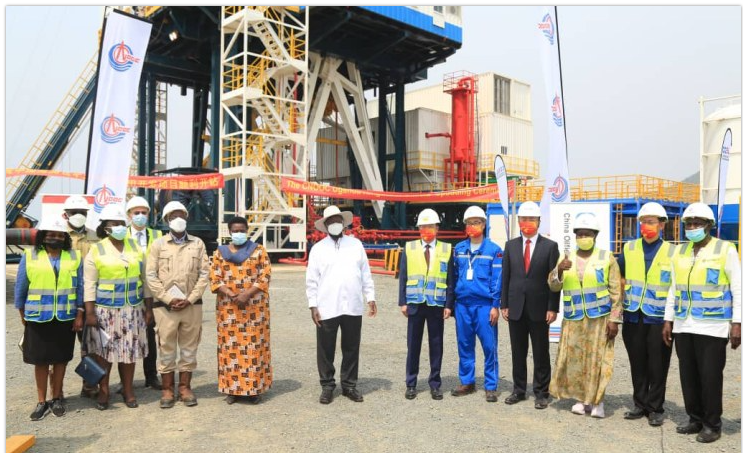
Uganda’s long-awaited oil project is finally taking shape, with key developments marking progress in the country’s ambitious venture to tap into its oil reserves. The project, which has faced numerous hurdles over the years, is now moving forward despite challenges related to environmental concerns, funding, and local community impacts.
The oil fields in western Uganda, discovered more than a decade ago, are expected to produce significant volumes of oil, which could transform the country’s economy. The government has partnered with international oil companies, including TotalEnergies and China National Offshore Oil Corporation (CNOOC), to develop the infrastructure required to extract and export the oil.
Construction of the East African Crude Oil Pipeline (EACOP), a vital pipeline that will transport the oil to Tanzania’s coast for export, is also underway. The pipeline, which stretches across multiple countries, has sparked debate over its environmental impact and the displacement of local communities.
Despite these concerns, the Ugandan government has expressed confidence that the oil project will lead to increased revenue, job creation, and energy security for the region. Officials are also hopeful that it will boost Uganda’s position in the global oil market, providing much-needed foreign exchange.
However, the project is not without its critics. Environmental groups have raised alarms about the potential destruction of wildlife habitats and risks to water resources. Additionally, local communities are concerned about the long-term impacts on their land and livelihoods.
As the project progresses, Uganda faces the delicate task of balancing economic growth with environmental sustainability and social equity. The successful execution of the oil project will depend on navigating these challenges and ensuring that the benefits of the oil wealth are widely shared.


